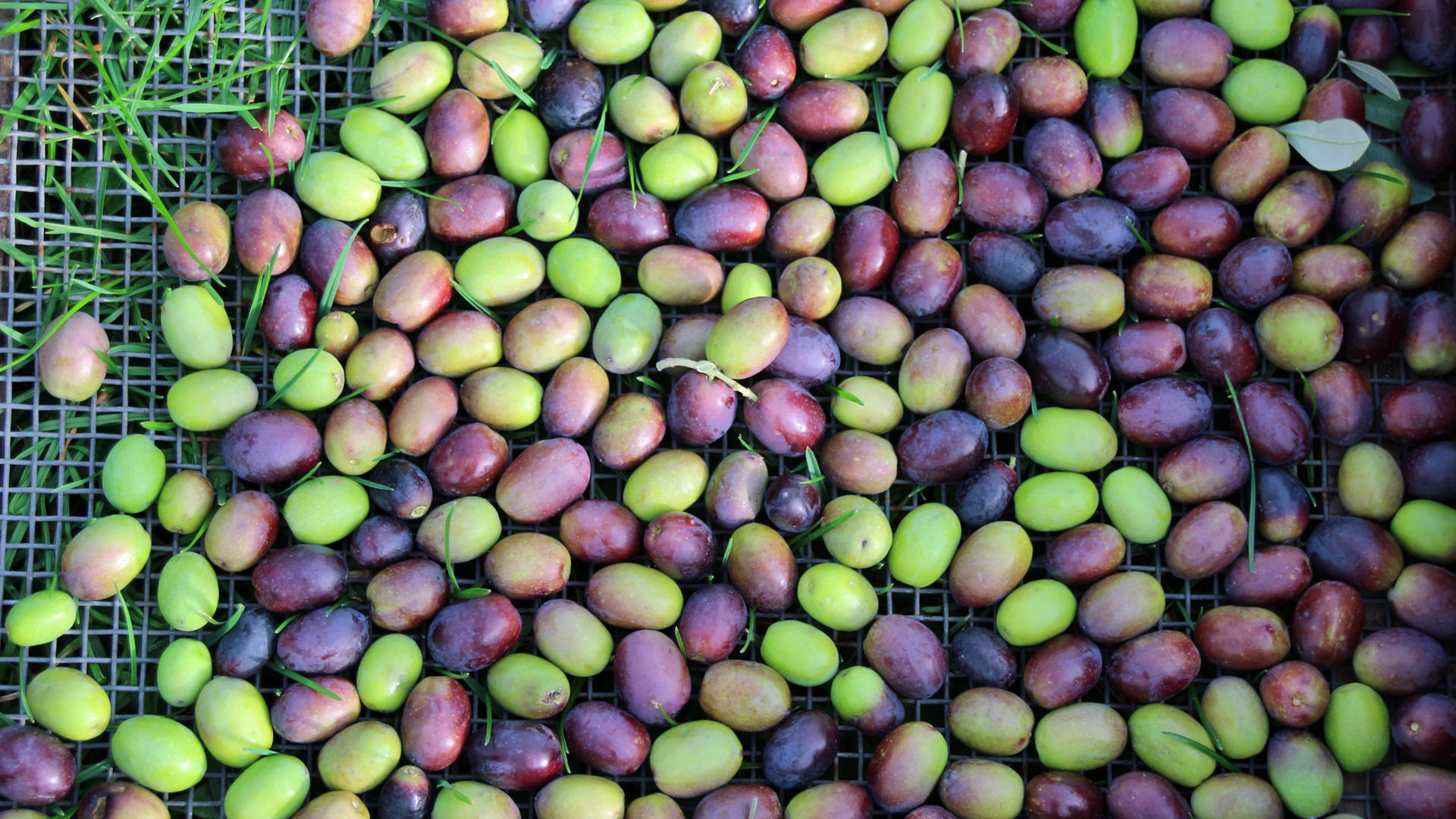What is believed to be the northernmost olive grove in the world, belongs to the garden nursery of Gartenhof Becker, and was created in cooperation with a German olive dealer. Its olive trees, which were initially only planted for decorative purposes, were always full of olives in autumn.
“That fascinated me,” recalls gardening and tree nursery master Michael Becker. The olive dealer not only inspired him to create his own olive grove, but also brought him the first plants. In 2005, Becker planted the first two-year-old trees as an experiment, with a lot of love for the Mediterranean trees. “Olives are just beautiful, with their silvery leaves. And I also simply love olives and olive oil,” he enthuses.
Frost hardy but not winter hardy

The first harvest was realised in 2008 – which is not unusual, because olives start producing after five years. “That was a very happy moment,” says Becker. However, this period of elation was followed by a really cold winter. The tree nursery team wrapped 50 trees in fleece. And then they gave up. ”This was horrible work,” says Becker. In the end, the unwrapped trees were looking better than the wrapped ones. Only the Italian variety, Lecchino stood out with its hardiness that winter. This variety tolerates temperatures of minus 15°C without any problems. But it is problematic when the temperature reaches -20°C. “Olives are not winter hardy, they are frost-resistant,” explains Becker.
Because so many trees had been damaged by the frost, Becker completely redesigned the growing system in 2009. The young trees were started with only three to four branches and a trunk with the thickness of a finger. The specimens are now 13 years old and around two-and-a-half metres high. This second generation of Cologne olive trees has so far been spared from major losses due to frost and is developing splendidly.
These trees have also withstood extreme weather events – for example, days on which the temperature fell from +10 to -8°C, only to rise again to 14°C the next day. “The trees didn’t like that, and then in March, they had no leaves,” reports Becker. However, after we performed severe pruning, the trees recovered quickly.

A wind sensitive culture
In his experience, Becker says that olive trees need wind protection, rather than frost protection. That is why the trees are now supported by a thick pole and trimmed to a height of 2metres.
Surprisingly, these olive trees grow well on the fertile, slightly acidic loess loam of the Cologne Bay. They are usually found in the Mediterranean region, on extremely poor, calcareous soils. “I never would have thought that they would grow so crazily here. I was fascinated,” says Becker.

Unsurprisingly, Becker’s unusual success attracted imitators. Some have tried to grow olives as well, but none of these efforts have been successful. “The Bay of Cologne is the region with the mildest winters in Germany,” says Becker, explaining his success.
An olive grove as a visitor magnet
A business model has not been developed yet for the olives. So far they have only served as a magnet for visitors. Nevertheless, the olive grove has proven its worth. At its annual Olive Festival, the Gartenhof Becker now welcomes around 120 exhibitors and 10,000 visitors.
The fruits in the Bay of Cologne only ripen in November, whereas in Spain, harvest is complete in September. Becker’s good harvest in 2020 caused a sensation, with 300kg of olives gathered, i.e. a little more than 2.5kg per tree. In the newspapers, articles appeared about the first German olive oil. Yet from 180kg of olives, only 3.5 litres of oil could be pressed with a press purchased from Italy – when this should have been at least 60 litres. “I started receiving enquiries straight away. But I was reluctant to give away 3.5 litres of olive oil,” Becker recalls with a smile. Becker has come a good deal closer to his dream of producing “Olio di Colonia”. But there is still a long way to go before Cologne olive oil can be sold.
Gartenhof Becker
- Location: Puhlheim near Cologne
- Employees: 18 full time, six part time, and three seasonal workers
- Soil: loess loam
- Farm size: 16ha
- Lines of business: originally fruit growing, today there is also a tree nursery, gardening and landscaping, as well as a retail nursery.
